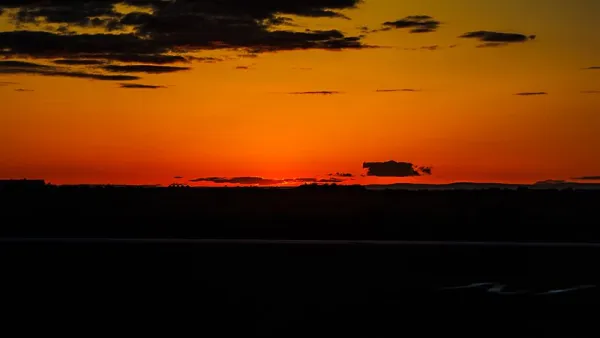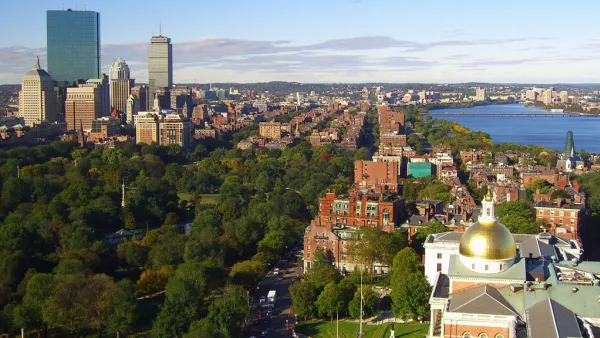As temperatures rise, there are some relatively simple changes cities can implement to cut cooling costs and deal with spells of extreme heat.

According to one study, the number of days in a year across the United States that feel hotter than 100 degrees Fahrenheit will more than double by mid-century. That's bad news for cities designed in ways that often exacerbate urban heat, Adele Peters writes. While broad infrastructural changes (and, ultimately, the elimination of fossil fuels) will do the most to combat an even hotter future, simple mitigation methods do exist for the heat that cities are already feeling.
When it comes to planting urban trees, "There are multiple benefits, but one is simple: As trees shade streets, and water evaporates from their leaves, they cool neighborhoods." Cities like Melbourne, Milan, and Madrid are all engaged in ambitious plans to grow out their urban forests.
Other cities, like New York, Los Angeles, and Tokyo, are covering rooftops and pavements with reflective coating. "The coating helps lower temperatures inside buildings, helping people feel more comfortable and use less air conditioning; like cars, air conditioners are both another major source of emissions and make cities immediately hotter as the machines vent heat outside."
Another way to fight urban heat is to equip structures with "smart" systems like automatic shades and windows programmed to respond to heat conditions, and to choose building materials with heat mitigation in mind. In the end, Peters notes, reducing automobile dependence will also play a role. "Cities that incentivize less driving—whether by redesigning bike lanes and sidewalks or changing codes to make new developments mixed-use and near public transportation—can cool themselves down."
FULL STORY: Cities are getting hotter, but we can redesign them to keep us cool

Analysis: Cybertruck Fatality Rate Far Exceeds That of Ford Pinto
The Tesla Cybertruck was recalled seven times last year.

National Parks Layoffs Will Cause Communities to Lose Billions
Thousands of essential park workers were laid off this week, just before the busy spring break season.

Retro-silient?: America’s First “Eco-burb,” The Woodlands Turns 50
A master-planned community north of Houston offers lessons on green infrastructure and resilient design, but falls short of its founder’s lofty affordability and walkability goals.

Test News Post 1
This is a summary

Analysis: Cybertruck Fatality Rate Far Exceeds That of Ford Pinto
The Tesla Cybertruck was recalled seven times last year.

Test News Headline 46
Test for the image on the front page.
Urban Design for Planners 1: Software Tools
This six-course series explores essential urban design concepts using open source software and equips planners with the tools they need to participate fully in the urban design process.
Planning for Universal Design
Learn the tools for implementing Universal Design in planning regulations.
EMC Planning Group, Inc.
Planetizen
Planetizen
Mpact (formerly Rail~Volution)
Great Falls Development Authority, Inc.
HUDs Office of Policy Development and Research
NYU Wagner Graduate School of Public Service



























